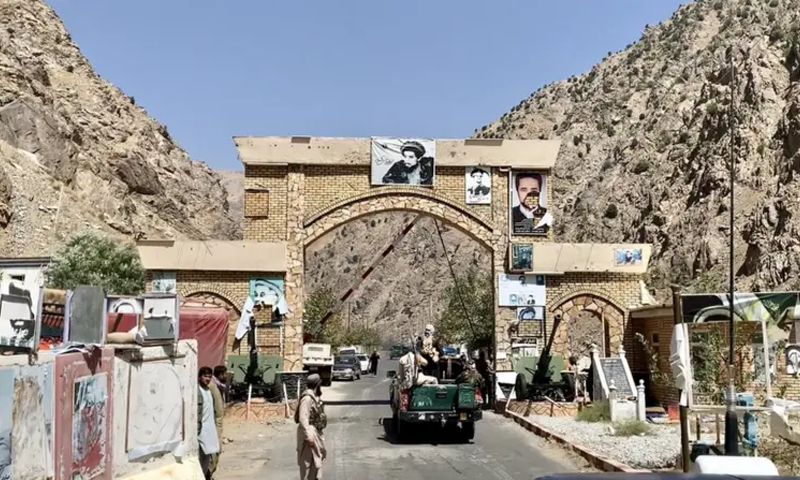- Sadiq Khan
- Today
Germany begins expanded border controls to control migration
-
- DW
- Sep 16, 2024

Citing an overloaded asylum system, Germany on Monday started passport controls on all of its land borders to reduce irregular migration. Such measures are supposed to be the exception within the EU.
German police will be monitoring all of the country’s land borders starting on Monday, September 16.
Sri Lanka’s presidential election key to crisis rebound
Until then, only travelers entering the country at the eastern and southern land borders were checked. Now, for at least the next six months, northern and western borders will also be monitored. This would include border crossings with Denmark, the Netherlands, Belgium, Luxembourg and France.
Germany is located in the center of the Schengen Area, which comprises 29 European countries that have abolished internal border controls, with passports only required at external borders and airports.
The new border controls could lead to disruptions in the movement of people and goods. Polish Prime Minister Donald Tusk has accused Germany of endangering the entire Schengen system with its comprehensive new controls.
SCHENGEN: CONTROLS AS A ‘LAST RESORT’
As a rule, internal border controls in the Schengen Area are only carried out under certain conditions. However, the member states alone decide whether these conditions have been met, and they are then required only to the notify the European Commission in Brussels.
Myanmar’s flooding death toll rises to 113: state media
The European Union can issue a reprimand for such border controls but has never yet done so. Rather, it generally confining itself to pointing out that border controls should remain the “last resort,” as EU Commission spokesperson Anitta Hipper recently put it.
Additionally, the controls should be temporary and only last for a maximum of three years, in accordance with the recently amended Schengen Borders Code.
German Interior Minister Nancy Faeserhas justified Germany’s decision by citing an overloaded asylum system and a high number of irregular migration.
HUNDREDS OF EXCEPTIONS THROUGHOUT SCHENGEN
Germany isn’t alone in extending its border controls in recent years. Eight other Schengen members currently check their internal borders.
Indian opposition leader Kejriwal to resign as Delhi chief minister
Since 2006, there have been a total of 441 notifications of control measures in the Schengen states, with France as the front runner. Since the Islamist terrorist attacks of 2015 and 2016, the French government has reserved the right to permanently control all land borders. These controls have been repeatedly extended, with shifting justifications such as the threat of terrorism, migration pressure, Russian espionage or major sporting events.
Germany has also been controlling its border with its southern neighbor Austria since 2015, saying that it wants to reduce the risk of terrorism and the number of asylum seekers entering the country. Austria uses the same justifications to control its borders with Slovakia, the Czech Republic, Hungary and Slovenia.
Border controls reached their peak during the COVID-19 pandemic four years ago, when almost all Central European countries attempted to combat the spread of the virus by means of passport controls and partial border closures. These efforts created long traffic jams and resentment among commuters and freight transporters.
WHAT DO GERMANY’S NEW BORDER CHECKS MEAN FOR EUROPE?
According to the federal police, between January and July 2024, 34,000 people tried to enter Germany. Around 17,000 were denied entry directly at the border. The other half were allowed to enter and are being processed under the Dublin Regulation.
Jordan’s King Abdullah appoints US-educated technocrat as PM
By comparison, last year, the federal police apprehended 127,000 people at the border who wanted to enter Germany without permission. A quarter were denied entry directly at the border. It is unclear how high the number of unreported attempts to enter the country is, and how many more people could have been stopped with more border controls.





